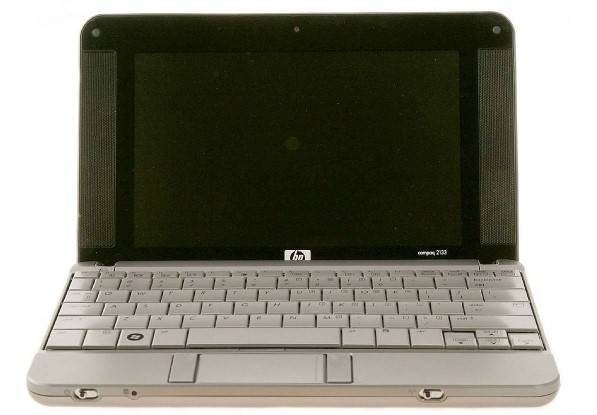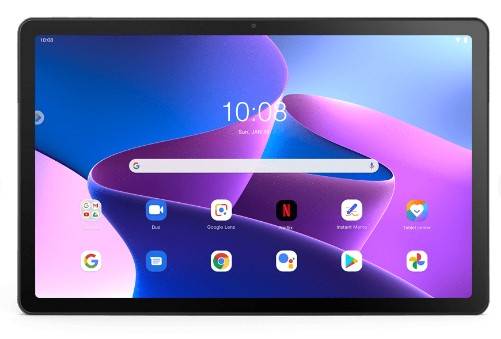What are Examples of Microcomputers?
Microcomputers are compact computing devices primarily designed for individual use. Examples include desktop computers like Apple’s iMac, portable laptops like Dell’s Inspiron series, and single-board computers like Raspberry Pi. They are versatile, supporting a range of applications from word processing to internet browsing, making them a staple in modern households and small businesses.
Microcomputers have come a long way since their inception, evolving from bulky and expensive machines to sleek and affordable devices. From iconic desktop PCs to portable laptops and pocket-sized smartphones, these tiny but powerful machines have transformed how we work, communicate, and entertain ourselves. Whether you’re a student, a professional, or a tech enthusiast, you’ve likely used or owned at least one type of microcomputer.
Let’s look at some of the most popular examples of microcomputers and how they have impacted our world. Here we go!
Table of Content
What is MicroComputer?
The term “microcomputer” originally referred to computers that used microprocessors, small, integrated circuits that perform arithmetic and logical operations. Today, microcomputers are generally used to refer to any small-scale computer, regardless of the type of processor used.
Microcomputers are small-scale computers that are designed for personal or individual use. They are also known as personal computers or PCs, and they typically consist of a central processing unit (CPU), memory, input/output (I/O) devices such as a keyboard and monitor, and storage devices such as a hard drive or solid-state drive.
They are widely used for various tasks, including word processing, internet browsing, gaming, and data processing. They are also used in various industries for inventory management, control systems, and scientific research tasks.


Let’s understand examples of Microcomputers in detail.
Best-suited IT & Software courses for you
Learn IT & Software with these high-rated online courses
Examples of Microcomputers
Netbook
Netbooks are a type of microcomputer that is smaller and less powerful than laptops. They are designed to be lightweight and portable, making them ideal for travel. A common use of basic computing tasks is web browsing and word processing.
- Netbooks typically have a screen size of around 10 inches and weigh around 2-3 pounds. They are designed to be lightweight and compact, making them easy to carry around. They also have a long battery life, which allows users to work for several hours without needing to plug in.
- One of the advantages of netbooks is their affordability. They are less expensive than laptops and desktop computers, making them accessible to more people. They are also suitable for users who need a basic computer for simple tasks such as browsing the web, checking email, or writing documents.


Laptop
Laptops are portable microcomputers that can be carried around easily. They consist of a keyboard, trackpad, or mouse and a display screen that folds down onto the keyboard. They are commonly used for personal computing tasks such as web browsing, email, word processing and multimedia consumption.
- They are also increasingly used for professional and business purposes, such as video conferencing, online collaboration, and remote work.
- 2-in-1s are hybrid devices that can be used as both laptops and tablets, with a detachable or convertible design. Gaming laptops are high-performance laptops designed for gaming and other demanding applications.


Desktop
Desktop computers are microcomputers designed for use on a desk or table. They consist of a computer case, monitor, keyboard, and mouse. Desktop computers are typically more powerful than other microcomputers and are used for heavy-duty computing tasks such as gaming, video editing, and programming.
- Tower desktops have a separate computer case that houses the motherboard, power supply, and storage drives. Mini-tower desktops are smaller in size but still have room for expansion.
Tablet
Tablets are handheld microcomputers with a touchscreen display and no physical keyboard or mouse. They are designed to be used with finger gestures or a stylus, making them ideal for media consumption and entertainment. They are commonly used for web browsing, reading e-books, and playing games.
- Tablets are commonly used for web browsing, social media, video streaming, gaming, and entertainment. They are also increasingly used for business and productivity purposes, such as email, document editing, and video conferencing.
- Tablets come in different sizes and styles, such as standard, mini, and 2-in-1 tablets. Standard tablets have screens of around 10 inches or more and are designed to be standalone devices. Mini tablets are smaller and more compact, with screens of around 7-8 inches.
Embedded System
An embedded system is designed to perform specific functions within a larger electronic device or system. Embedded systems are used in various applications, including consumer electronics, industrial automation, automotive systems, medical devices, and aerospace and defence systems.
- Embedded systems typically have a microcontroller or microprocessor, input/output interfaces and memory.
- These systems are designed to operate within the constraints of the device or system in which they are embedded, with limited resources and power consumption.
One of the key features of embedded systems is their real-time operation. They are designed to respond to input and produce output in real-time, with precise timing and reliability. This makes them ideal for applications that require precise control, such as robotics, automotive systems, and medical devices.


RaspberryPi
Raspberry Pi is a small microcomputer that is designed for hobbyists and enthusiasts. It consists of a single-board computer that can be used for various purposes, such as robotics, home automation, and media centres.
- Raspberry Pi is a series of small, affordable, and credit-card-sized single-board computers. They were created to promote computer science education and teach basic programming skills to students and hobbyists.
- It is produced by the Raspberry Pi Foundation, a UK-based charity organization dedicated to advancing education in computer science and related subjects.
Its boards are designed to be highly customizable and versatile, with a range of input/output interfaces and connectivity options. They can run various operating systems, including Linux, Windows 10 IoT Core, and Android. They are a type of microcomputer that is also compatible with a wide range of programming languages and development tools, making them suitable for a variety of projects and applications.


Wearable Computers
Wearable computers are examples of microcomputers that can be worn on the body. They consist of small devices such as smartwatches, fitness trackers, and augmented reality glasses. They are commonly used for health tracking, communication, and entertainment.
- Wearable computers are electronic devices designed to be worn on the body, typically as accessories or clothing. They can perform various functions, such as tracking health and fitness data, receiving notifications, controlling smart home devices, and making phone calls.
- Wearable computers come in various forms, including smartwatches, fitness trackers, smart glasses, smart clothing, and implantable devices. They typically have sensors that collect data, processors that analyze it, and wireless connectivity that allows them to communicate with other devices or the internet.
Smartphones
Smartphones are mobile devices that combine the functionality of a phone with that of a computer. They are designed to perform various functions, including making calls and sending text messages, accessing the internet, running mobile apps, and taking photos and videos.
- Smartphones typically have a touchscreen interface and are operated by tapping, swiping, and pinching the screen. They may also have physical buttons for power, volume, and camera functions.
- Smartphones rely on mobile networks or Wi-Fi for connectivity, which allows them to access the internet and communicate with other devices. They may also have Bluetooth connectivity for pairing with other devices, such as headphones or smartwatches.
Conclusion
Microcomputers come in various types, including desktops, laptops, tablets, and embedded systems. Each serves specific needs, from personal computing and gaming to portable workstations and specialized industrial tasks. They are distinguished by their compact size, affordability, and versatility, making them essential tools for both personal and professional use. The diverse options cater to different user requirements, offering flexibility and accessibility in computing.
FAQs
What is a microcomputer?
A microcomputer, also known as a personal computer (PC), is a small-sized computer that is designed for individual use. It consists of a processor, memory, storage, and input/output devices, allowing users to perform various tasks such as word processing, internet browsing, and gaming.
What are the advantages of using a microcomputer?
Some advantages of microcomputers include their affordability, portability, and versatility. They are cost-effective compared to larger computer systems, and their compact size allows for easy transportation. Additionally, microcomputers offer a wide range of applications and can be customized to suit individual needs.
What are the different types of microcomputers?
There are several types of microcomputers, including desktop computers, laptops, tablets, and smartphones. Each type has its own features and functionalities, catering to different user requirements and preferences.
What are the main components of a microcomputer?
The main components of a microcomputer include the central processing unit (CPU), random access memory (RAM), storage devices (such as hard drives or solid-state drives), input devices (such as keyboards and mice), output devices (such as monitors or printers), and various ports for connectivity.
Can I upgrade the components of a microcomputer?
Yes, one of the advantages of microcomputers is their modularity, allowing users to upgrade individual components such as memory, storage, or graphics cards to enhance performance or accommodate changing needs.
What operating systems can be used on microcomputers?
Microcomputers support various operating systems, including Windows, macOS, Linux, and mobile operating systems like iOS and Android, depending on the device. Different operating systems offer distinct features and software compatibility.

Chanchal is a creative and enthusiastic content creator who enjoys writing research-driven, audience-specific and engaging content. Her curiosity for learning and exploring makes her a suitable writer for a variety ... Read Full Bio










